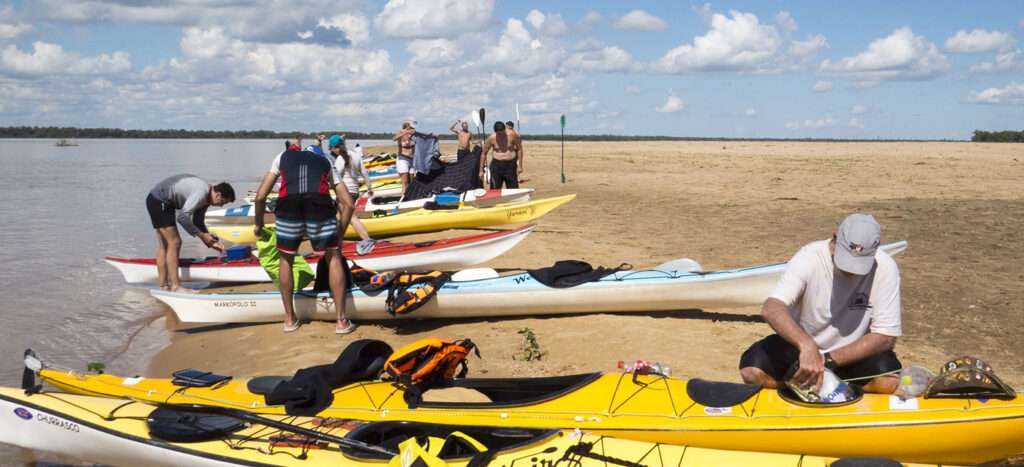Few activities give the outdoor enthusiast such a varied array of experiences as paddling. Whether you are seeking the heart-stopping exhilaration of a roller coaster or the serenity and peace of getting lost in the moment, you can find your passion in paddling. Paddling can refer to any act by which a person maneuvers a vessel through the water via a paddle. The two most common sub-categories of paddling are known affectionately as canoeing and kayaking.
Canoeing or Kayaking: It Can Be Confusing
Recent advances in the technology of boats and paddles has blurred the lines between what is considered kayaking and canoeing. It used to be that canoes were “open” boats and kayaks were considered “closed” boats. This refers to whether or not the rider’s legs were inside the boat or exposed to the air. Then, as if to confuse things, came about the “sit-on-top” kayak where the paddler is completely exposed to the air as well as the “closed canoe” where the canoeist is enclosed in the boat. All confusion aside, there are some telltale signs that can help one distinguish between the two.
The Difference Between Canoes & Kayaks
Typically, canoeists sit on a seat with their legs underneath them as if on a bench. In some canoes, the rider actually kneels down in the canoe. As mentioned earlier, most canoes are “open” and therefore the canoeist and the gear are exposed to the air. In most cases, the canoeist uses a paddle with only one blade. Kayakers, on the other hand, sit in a seat on the floor of the boat with their legs directly in front of them. Most kayaks are “closed” boats, meaning that the kayaker sits inside of the kayak in what is called a cockpit. Kayakers typically use a paddle containing a “blade” on each side of the shaft.
The Different Types of Paddling
Besides the differences in the types of boats that paddlers use there are also different types of paddling. Whitewater paddling involves navigating swift moving rivers. Sea kayaking takes place in large bodies of water and often for long durations of time. Recreational paddling can include anything from a lazy day on a lake to a means by which one goes fishing or bird watching. The possibilities are truly endless.
Oh What a Feeling!
The people who consider themselves paddlers are as diverse as the boats they paddle and the environments they paddle in. Some are die-hard whitewater kayakers and others thrive on a leisurely paddle on a secluded lake. And still others do it simply for the company the sport affords them to keep. Whatever the circumstances that drives these people to decide to paddle, one thing keeps them coming back. It is the indescribable feeling that one gets by stepping into their boat, pushing away from land, dipping their paddle into the water, and taking that first stroke. As they leave their cares, problems, and stresses on the banks and shores of their lives, they are floating and they are free.

